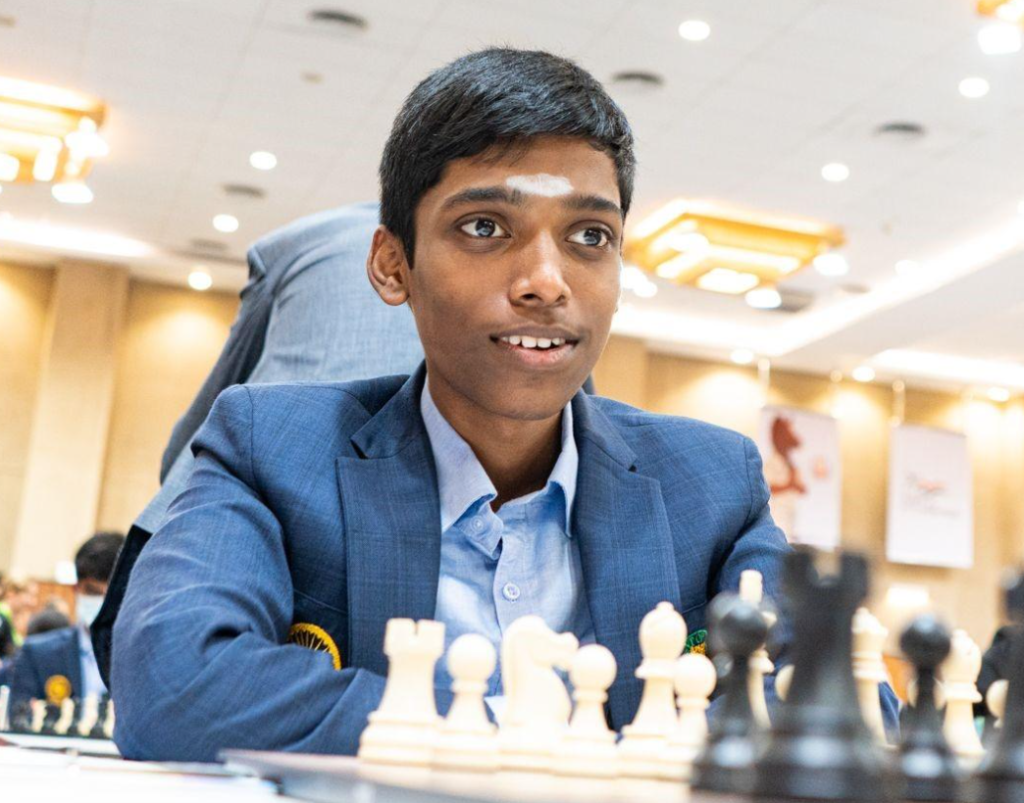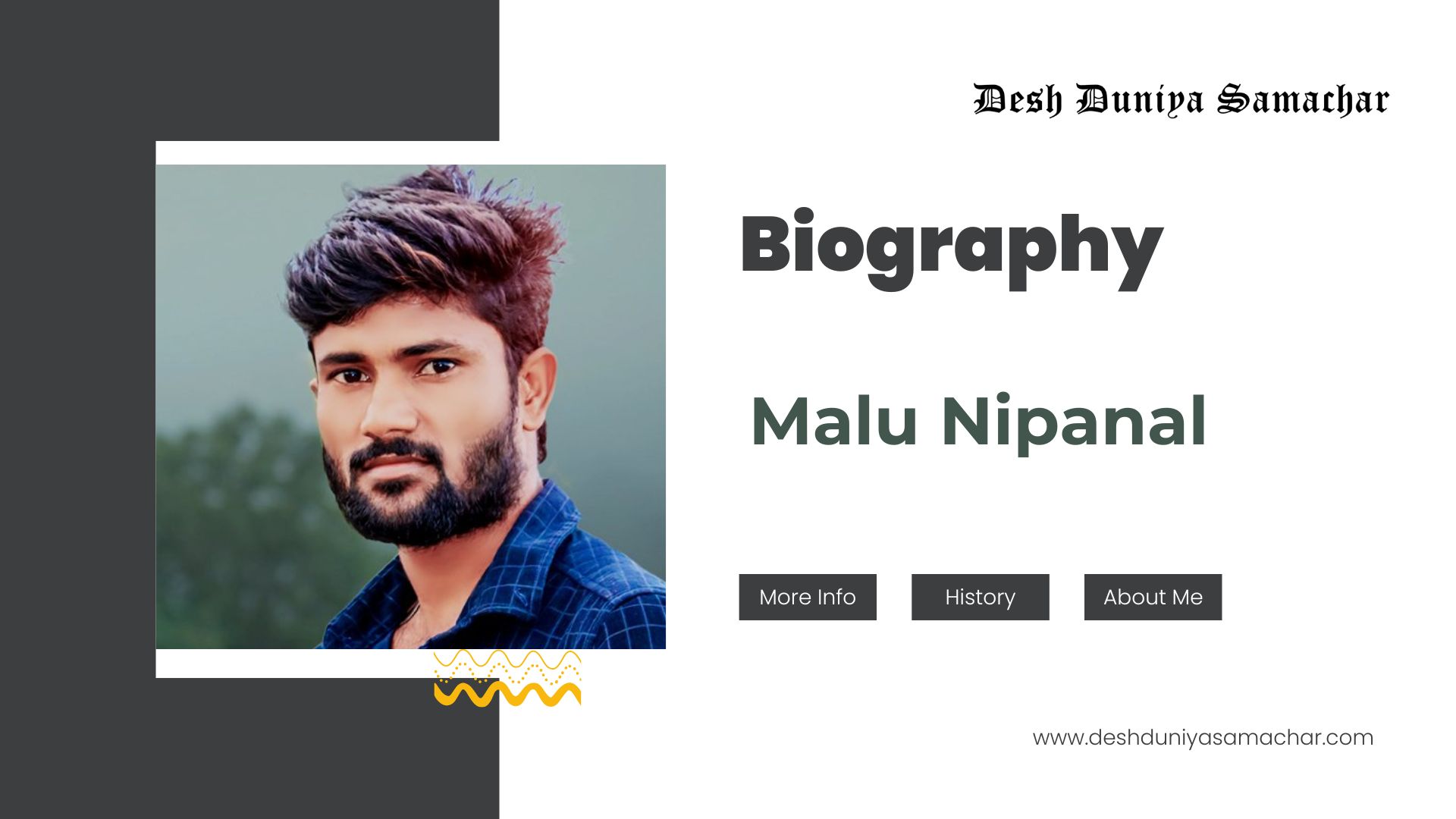
The journey of Indian chess prodigy R Praggnanandhaa in the World Cup has come to an end without clinching the trophy, but experts unanimously agree that his exceptional performances are poised to leave an enduring impact on the sport within the country.
Although the Indian grandmaster settled for the runner-up position after being defeated by the world’s top-ranked Magnus Carlsen in a series of tie-breakers, his relentless determination and extraordinary skills displayed throughout the tournament in Baku have earned him admiration from all corners.
Indian Prime Minister Narendra Modi took to X to congratulate the young prodigy for his “remarkable” display and for putting up a “resilient fight.” Experts have described his achievements as “monumental and transformative.”
The 18-year-old’s journey in the tournament has been nothing short of remarkable.
Praggnanandhaa, affectionately known as Pragg, defeated the world’s second and third-ranked players to secure his place in the World Cup final. This feat itself is noteworthy, as no other Indian player has reached the finals since chess legend Vishwanathan Anand claimed the title in 2002.
Pragg’s accolades also include being the world’s youngest player to reach the finals and the third-youngest person to qualify for the Candidates Tournament, placing him in the league of prodigies like Carlsen and Bobby Fischer.
The teenager’s achievements have significantly bolstered his reputation within the chess community. Moreover, the emergence of young talents signals a “generational shift” in the game, which, according to Devangshu Datta, a columnist and Fide-rated chess player, is likely to strongly favor India. Datta shared this perspective in an article for The Times of India.
During this World Cup, four Indian players advanced to the quarterfinals, accounting for an impressive 50% of the available slots.
Currently, India boasts 21 players under the age of 20 who hold positions within the top 100 junior players worldwide. Among them, four are in the top 10, and seven are in the top 20.
These young talents “are poised to dominate the chess scene for a decade or more,” predicts Datta.
This notion holds weight as the chess landscape in India has been dramatically transformed over the past two decades. The trend began in the 2000s following Anand’s headline-making victories and has since gained momentum. The widespread availability of smartphones and affordable internet access has facilitated skill enhancement through apps and online tournaments, while basic chess coaching has become readily accessible.
This stands in stark contrast to the scenario just a couple of decades ago.
Despite the substantial changes in the Indian chess scene, experts assert that more support is needed if India truly aims to make a significant mark on the international stage.
The current support structure for the game remains inadequate, leaving parents often responsible for financing their children’s aspirations.
“It’s still a group of determined parents who have left jobs, prioritized chess over schooling, mortgaged their homes, and are traveling to tournaments with their 8 to 15-year-olds, hoping their resources outlast their dreams,” writes Ninan.
Praggnanandhaa’s story aligns with this narrative. The son of a bank manager father and a homemaker mother, his parents reportedly borrowed money to support his games until 2016, when he achieved the title of the world’s youngest International Master at the age of 10. Subsequent sponsorship alleviated financial concerns.
Both he and his sister, who inspired his initiation into the sport, represent the first generation of chess players in their family. Even now, their mother accompanies Praggnanandhaa on global journeys, preparing her son’s beloved Tamil dishes during tournaments.
Praggnanandhaa’s meteoric ascent serves as an inspiration and a testament to his hard work, talent, and perhaps, a touch of serendipity.
“Prag may have lost,” notes Datta. “But India’s winning streak may just be commencing.”








